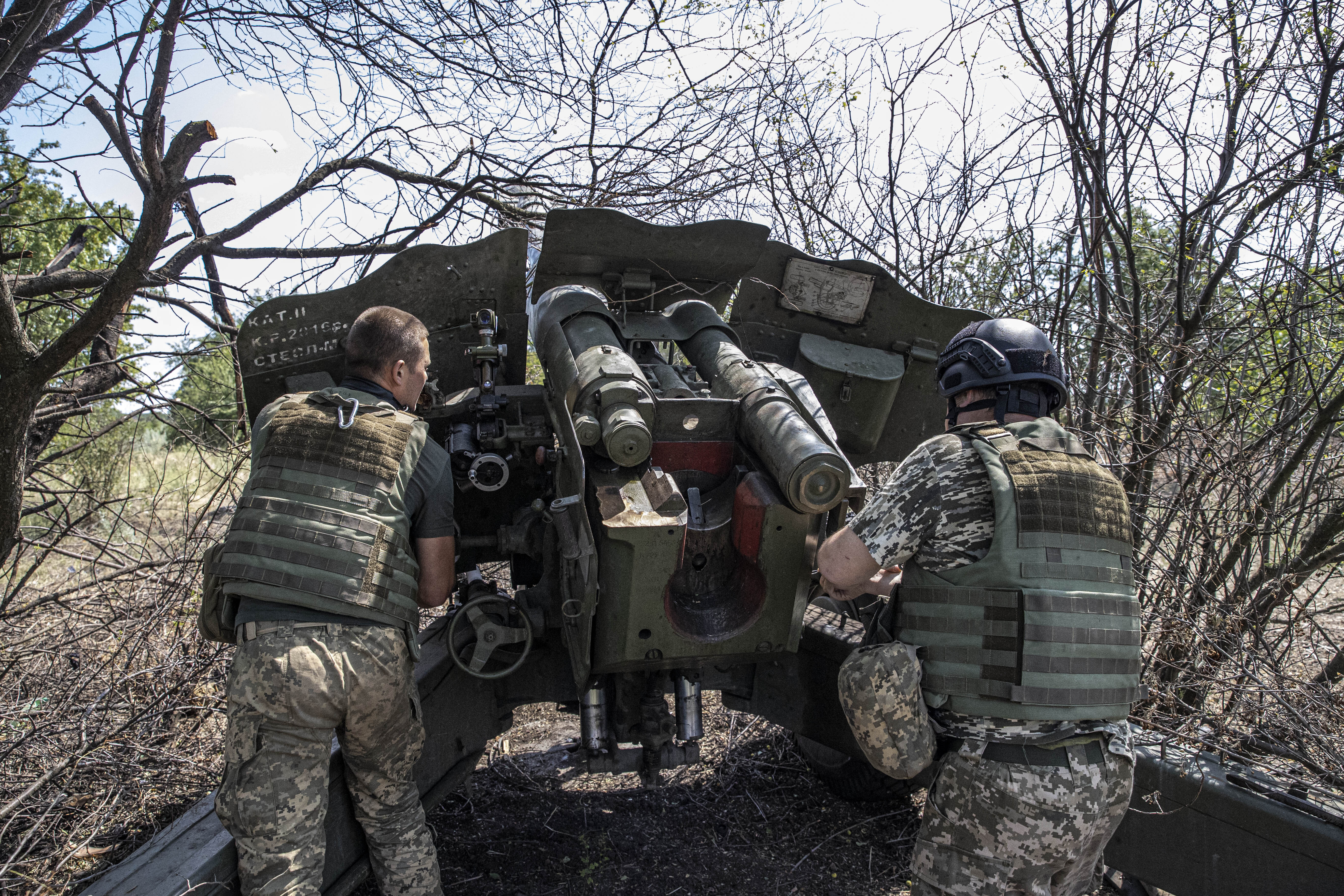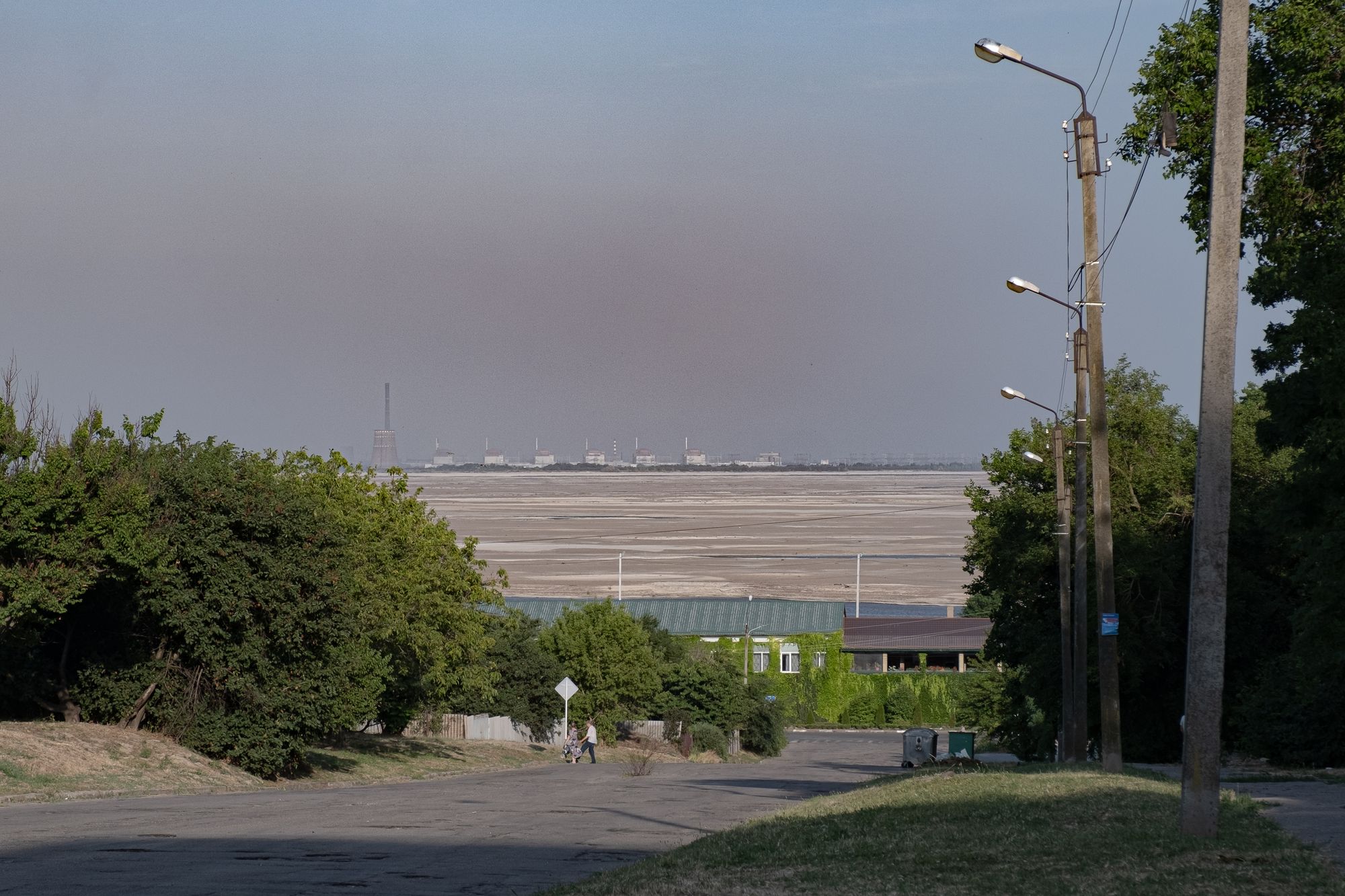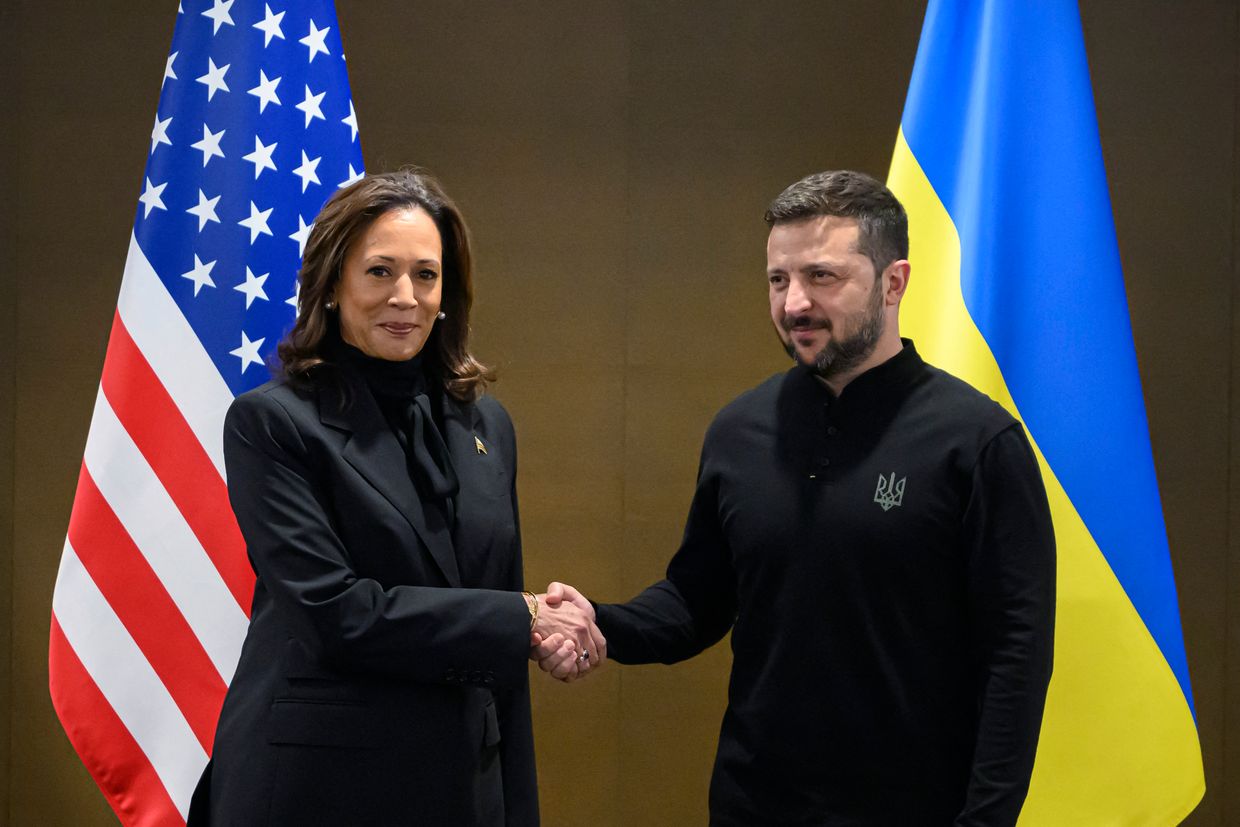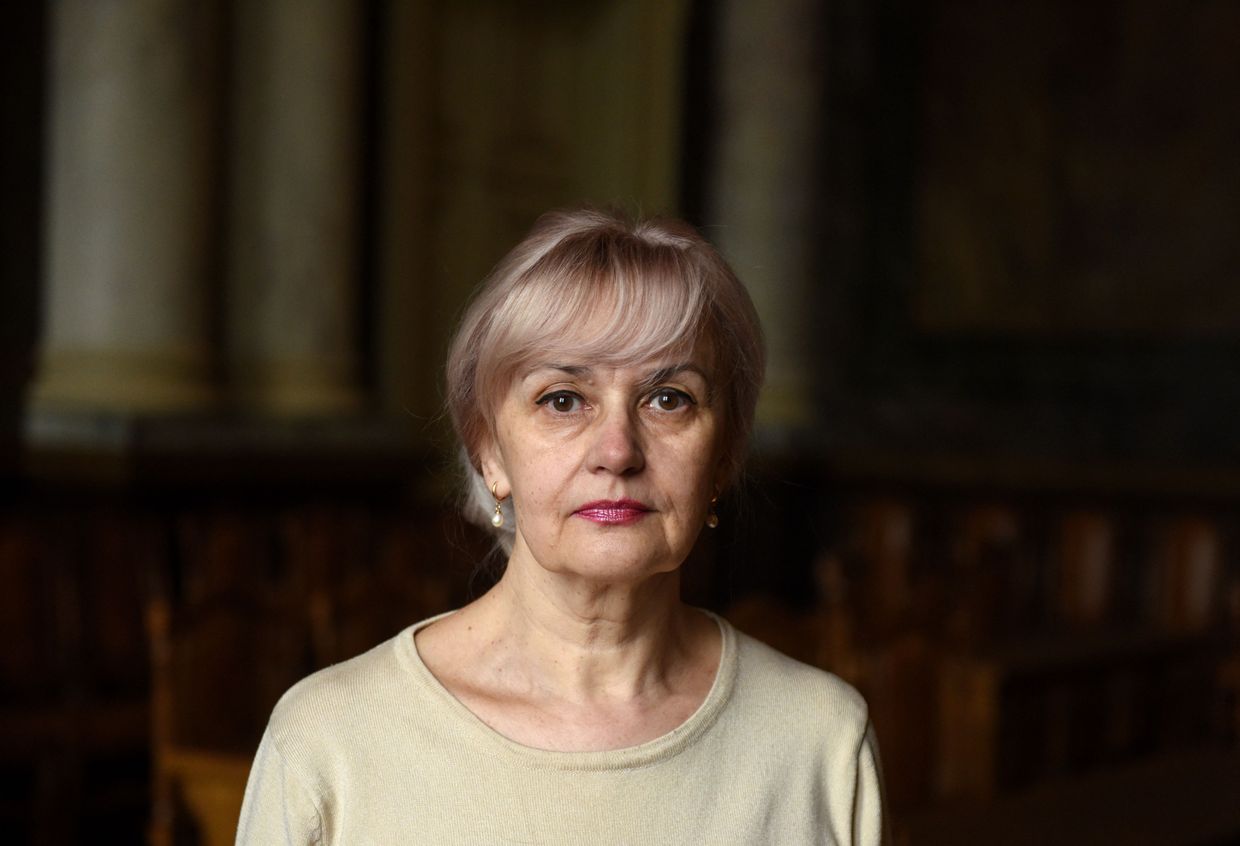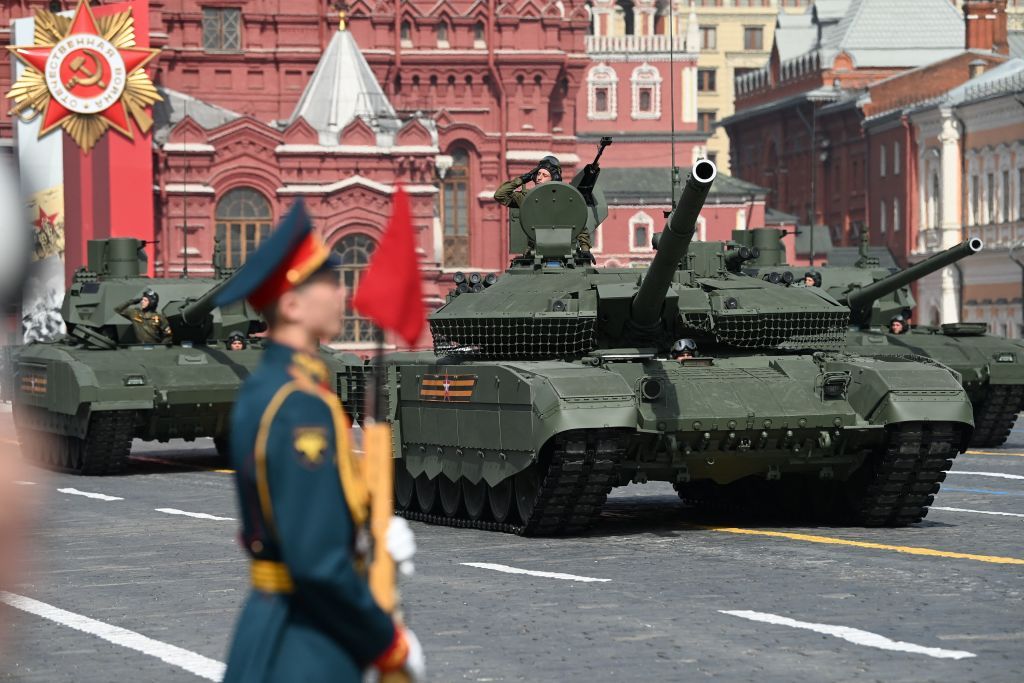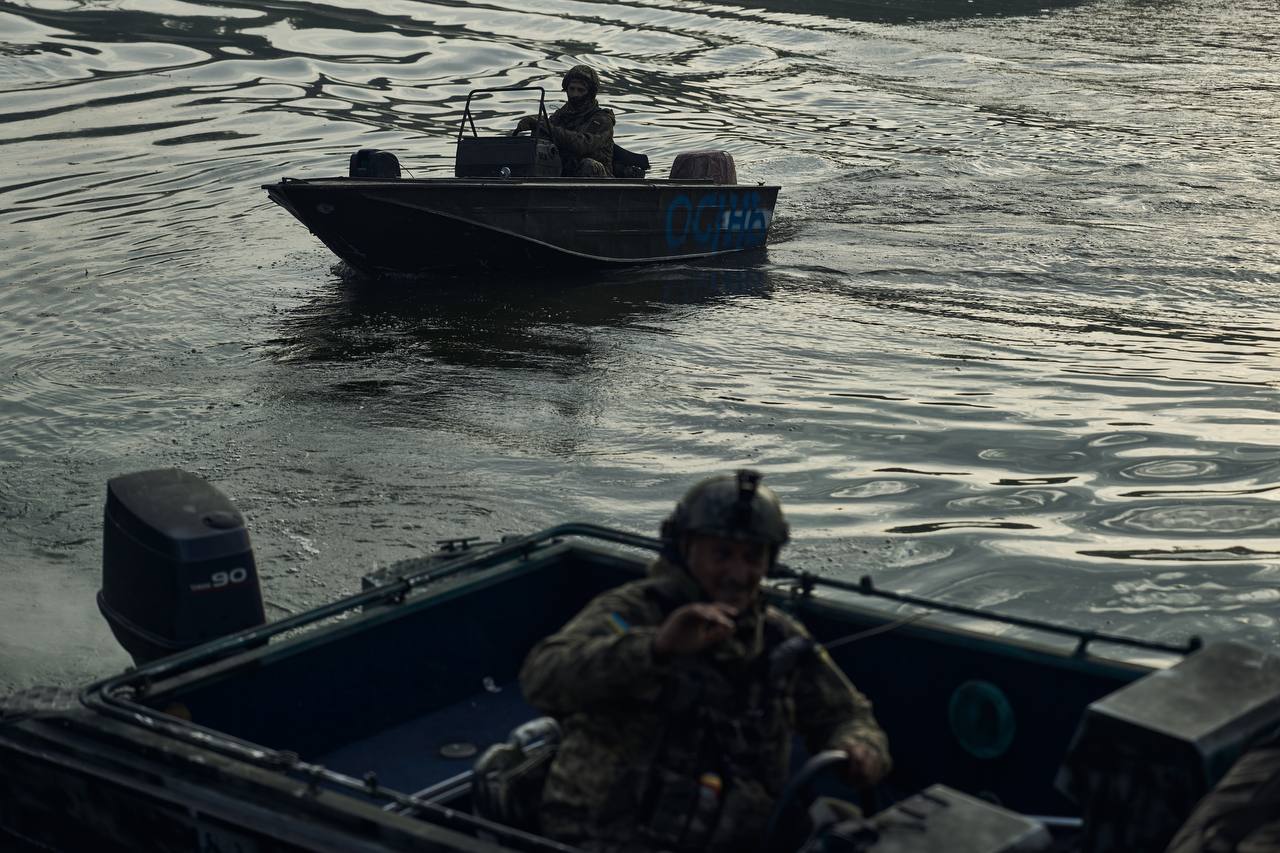Ukraine said it’s coming to liberate Kherson and Russia listened.
Large Russian forces have been streaming into southern Ukraine over the past several weeks, centered around Kherson Oblast, where Ukraine is expected to be conducting a counter-offensive, per President Volodymyr Zelensky’s order to liberate the south.
Analysts estimate that over a third of Russia’s fighting forces in Ukraine have been committed to the area.
Unlike the second phase of the war, which was fought almost entirely in the Donbas, the third phase will likely take place along a 350-kilometer line stretching from near Zaporizhzhia to Kherson, parallel to the Dnipro, according to British intelligence.
The reinforcements make Russian forces in the region much harder to crack. It also gives them the option to conduct their own offensive against Nikopol, Mykolaiv, Zaporizhzhia and Kryvyi Rih.
“A few weeks ago, I said that if Ukraine can be successful anywhere, it’s Kherson,” Konrad Muzyka, director of defense analyst Rochan Consulting, which tracks Russian forces, told the Kyiv Independent. But now, there may be “too many Russians.”
But Russia’s moves may have upsides for Ukraine. With so many units tied up in the south, they can’t conduct major operations elsewhere.
“When you’re talking about an area of three oblasts, they don’t have the number of forces to strengthen their line without withdrawing forces from the Donbas and putting that at a distinct disadvantage,” said Mark Hertling, a retired U.S. general who commanded forces in Iraq and has a good knowledge of the Ukrainian army.
“They don’t have the capability of doing effective defense or any kind of offense in the southern region and I think by pulling forces out of the east, they’re going to put their defense in the east at risk as well,” Hertling told the Kyiv Independent.
Moreover, fighting the Russians in Kherson is preferable to facing them in Donbas, said Phillios O’Brien, a professor of strategic studies at St. Andrew’s University in the U.K.
“I think that’s what they’re trying to do by making Russia fight the war where they want to fight it, not where Russia wants to fight it,” O’Brien told the Kyiv Independent.
Massing in the south
OSINT analysts estimate that Russia has committed about three dozen battalion tactical groups (BTGs) to the southern operational area, in addition to reserves and auxiliary units.
Several who spoke to the Kyiv Independent agree that elements of Russia’s 5th, 29th, 35th and 36th Combined Arms Armies and the Eastern Military District have been moved into the south of Ukraine.
The 35th is notorious for atrocities against civilians in Bucha in March, particularly by its 64th Guards Motor Rifle Brigade.
Russia has also committed numerous air assault units to the south. Muzyka said these include the 76th, 106th and 98th airborne divisions, which agrees with the findings of Ukrainian military analyst Kostyantyn Mashovets. Russia also has special forces in the area.
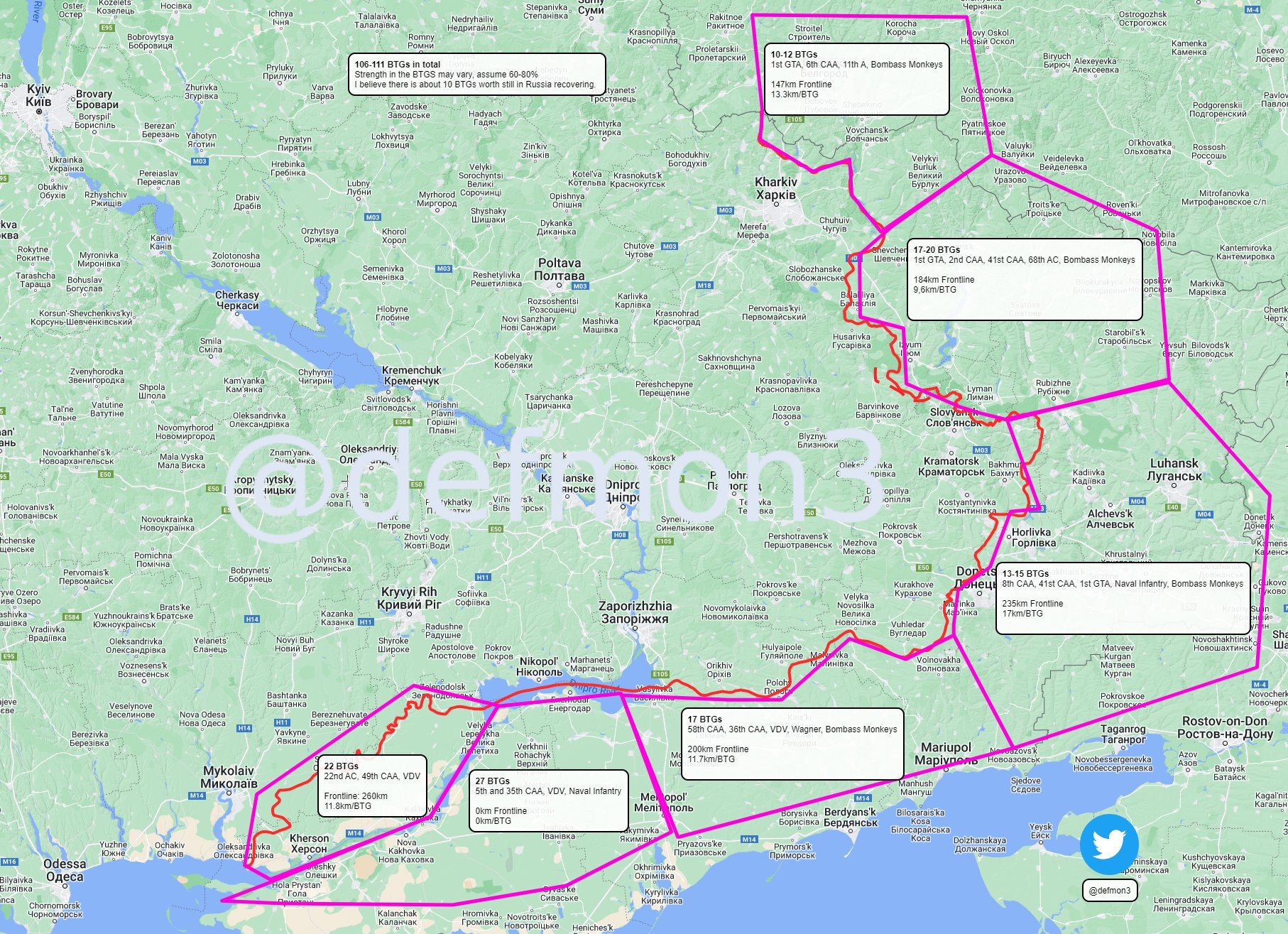
On paper, a BTG typically has 800-1,000 men and their equipment. However, many of these units are not at full combat strength.
“We don’t know if these are BTGs or company tactical groups, I’d say it’s a mix of both,” said Muzyka. “Their combat capability is degraded.”
Russians have tried to reconstitute their mangled BTGs by inexpertly mashing together their remains without good leadership.
“The (Russian) leadership has been dysfunctional throughout this campaign,” said Hertling.
Russia’s airborne units bore some of the worst of the damage throughout the full-scale war.
Still, as Mashovets pointed out in his article, the Russian deployment in the south may be “the most powerful operational group” of Russian forces since the full-scale invasion began, too large for just defensive operations.
Read also: Amid brutal Russian occupation, Kherson’s resistance continues through boycott, guerilla operations
Russian options
The Russians are shoring up their southern flank, where they were vulnerable, Hertling said.
The Institute for the Study of War reported that Russia may be trying to prevent Ukrainian counter-offensives along the border between Kherson and Dnipropetrovsk oblasts. Such a counteroffensive threatens Russia’s supply lines from Crimea and beyond.
“I think they realized their major threat right now is a continued attack on their logistics trail and if they can’t supply logistics, they realize that a very large number of Russian units will be eventually surrounded,” Hertling said.
But they are also preparing for an offensive. Ukrainian Operational Command South reported that the Russians are creating a strike force to assault northern Kherson Oblast, fight off counterattacks and reach the regional border.
Russian troops might also be aimed at Zelensky’s hometown, the industrial city of Kryvyi Rih, according to its military administration head Oleksandr Vilkul. The Russians are expected to shell settlements southwest of the city and Nikopol to create conditions for an advance from northern Kherson Oblast towards Zaporizhzhia via Nikopol or cut Ukrainian ground communication lines from Zaporizhzhia.
"I don't think they've figured out what they're going to do yet," Hertling said. He added that the shift in strategy may be driven by the revolving door of top generals in the Russian army. “When you replace generals, you always have different approaches for what should be done. I’m wondering if those new generals… are suggesting different approaches to (Russian President Vladimir) Putin.”
The bulk of the Russians’ forces are positioned south of the Dnipro, with the exception of some high-readiness forces that are sticking close to the bank on the other side.
“Until they cross the river and start moving north, we are not looking at a Russian offensive in this direction,” Muzyka said.
Crossing is dangerous. Ukraine has been targeting the bridges in Kherson Oblast. On August 8, Ukrainian forces said they successfully hit the Antonivsky and Kakhovskiy bridges.
The Russians also can’t afford to keep their forces concentrated in the south indefinitely.
O’Brien thinks the Ukrainian forces would prefer to take on their enemies in Kherson to continue wearing them down.
“What they (the Ukrainians) are doing is very intelligent,” he said. “Fighting in the Donbas gives the Russians certain advantages that they don’t have in Kherson,” such as proximity to Russia, resupply infrastructure and advantageous terrain.
Kherson Oblast is farther from Russia and is more difficult to resupply. Ukraine’s new long-range precision missile weapon, HIMARS, can exploit this advantage.
Russian forces rely on rail lines, followed by trucks to bring supplies to the front. According to estimates by Ukraine's armed forces, Russia lost close to 3,000 non-combat vehicles, including transport trucks and fuel tanks. Fewer vehicles means ammo dumps are often close to the rail lines, making them easy to find and destroy with missiles.
“Everything is better for Ukraine if you can fight this kind of fight in Kherson, not in Donbas,” O’Brien said. “I think that’s what they’re trying to do by making Russia fight the war where they want to fight it, not where Russia wants to fight it.”
Taking the fight
While Russia is tied up in the South, Ukrainian forces may have an opportunity to press their advantage elsewhere, such as around Izium. If they can do so, “Russian forces will begin confronting very difficult choices,” according to the ISW.
The Russians might have to abandon positions there or be forced to pull forces from elsewhere, taxing other axes in the process.
As Muzyka pointed out, Ukrainian forces have been making gains near Izium in the past two weeks. Russian presence in the area decreased after several BTGs were redeployed and Russia’s force posture is weaker.
Hertling believes that a feint towards Kherson followed by a strike elsewhere would require the kind of maneuvering capability that he’s not sure Ukrainian forces have.
Logistics are another challenge — while Ukraine has interior lines and has less distance to travel than Russia, shifting supplies among different fronts is difficult.
On top of fighting an operational and tactical campaign against Russia, Zelensky and his generals are also waging a strategic campaign in the eyes of Western allies. If Ukraine wants more, better weapons, it has to keep pulling out victories.
“Zelensky might be looking for a large operational victory to reinforce the belief by the West that they’re continuing to win and it will result in more weapons,” said Hertling.
____________________
Note from the author:
Hi, this is Igor Kossov, I hope you enjoyed reading my article.
I consider it a privilege to keep you informed about one of this century's greatest tragedies, Russia's ongoing invasion of Ukraine. With the help of my colleagues, I will continue to bring you in-depth insights into Ukraine's war effort, its international impacts, and the economic, social, and human cost of this war. But I cannot do it without your help. To support independent Ukrainian journalists, consider donating to the Kyiv Independent and becoming our patron. Thank you very much.



